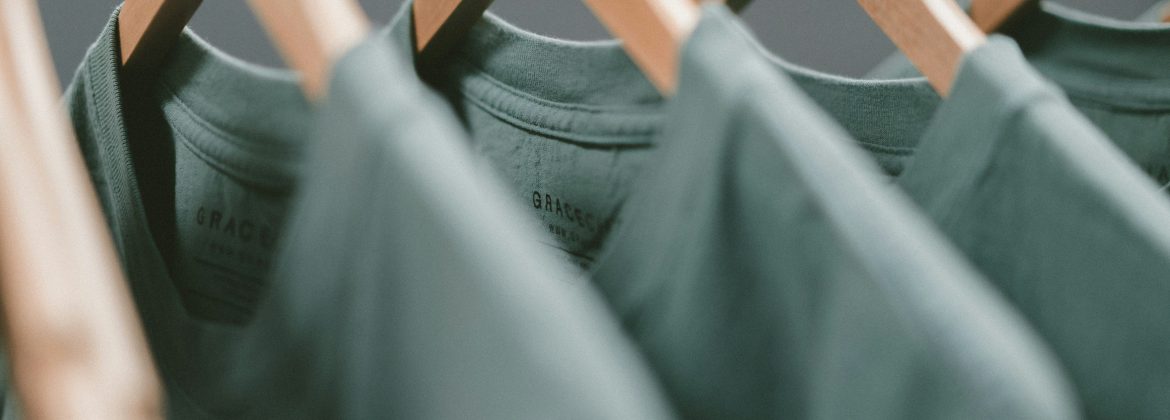The Evolution of Fashion and Apparel: From Ancient Times to Modern Trends
Fashion and apparel have always played a significant role in society, shaping culture and reflecting the values of different time periods. From ancient civilizations to modern-day trends, clothing has been used not only as a form of protection against the elements but also as a means of self-expression and social status.
In ancient times, clothing was primarily used for practical purposes. People wore simple garments made from natural materials like animal hides and plant fibers to keep warm and protect themselves from the elements. The style and design of clothing were often dictated by the available resources and the climate of the region.
As civilizations evolved, so did fashion and apparel. In ancient Egypt, for example, clothing was not only used for protection but also as a symbol of wealth and social status. The rich and powerful would wear elaborate garments made from fine linen and adorned with jewels to signify their importance.
The Greeks and Romans also placed a high value on fashion and clothing. The toga, a garment worn by Roman citizens, was a symbol of Roman citizenship and was worn with pride. The Greeks, known for their elegant draping and use of vibrant colors, influenced the fashion trends of their time.
During the Middle Ages, clothing became more elaborate and decorative. Nobles and royalty would wear luxurious fabrics like silk and velvet, often embellished with intricate embroidery and beading. The style of clothing was an indication of social rank, with sumptuary laws regulating what each class could wear.
The Renaissance period saw a revival of classical styles and a renewed interest in art and culture. Fashion became more refined and tailored, with an emphasis on symmetry and proportion. The invention of the printing press allowed for the mass production of textiles, making fashion more accessible to the general population.
The Industrial Revolution brought about significant changes in the fashion industry. The introduction of mechanized production processes and the development of new materials like cotton and synthetic fibers made clothing more affordable and accessible to the masses. Ready-to-wear clothing became increasingly popular, leading to the rise of department stores and fashion magazines.
The 20th century saw a rapid evolution in fashion and apparel, with new styles and trends emerging every decade. The Roaring Twenties brought about a revolution in women's fashion, with flapper dresses and bobbed hair becoming the epitome of the modern woman. The 1960s were characterized by the hippie movement and a rejection of traditional gender norms, leading to a more relaxed and bohemian style of dressing.
Today, fashion and apparel continue to evolve at a rapid pace. The rise of fast fashion brands and online shopping has made it easier than ever for consumers to stay on top of the latest trends. Social media influencers and celebrities play a significant role in shaping fashion trends, with their outfits often becoming viral sensations.
Despite the ever-changing nature of fashion, one thing remains constant: clothing will always be a form of self-expression and a reflection of our individuality. Whether we choose to follow the latest trends or march to the beat of our drum, fashion and apparel will continue to be an integral part of our lives.

